Smoke and Mirrors: Occult Detectives & The First Paranormal Investigations

Things seem to be getting spooky around here. If you’re wont to believe in such things, we have Black Eyed Kids playing some sort of malicious ding-dong-ditch and looking for online romance, the usual (or unusual) assortment of odd sightings and lights in the sky, the Shaver Mystery rearing its ugly and paranoid head, and now what seems to be a deliberate attempt to get people to play with guns while drinking beer. But it all comes with the territory of the paranormal investigator; well, except for the drinking and hunting which is arguably the most obvious threat to anyone’s safety.
While not everyone who frequents this website is an investigator beyond reading and imagining the possibilities, we do have our fair share of ghost hunters, occultists, and Forteans. Hell, Who Forted may be run by some of the most active investigators in the business. So, where does this need to go out and confront the things that go bump in the night originate?
The old adage about truth being stranger than fiction is a bunch of buncombe, as reality more often than not mirrors fiction to begin with. We’ve been acting out of dreams and fancies since we first sat around a fire and pretended to see shapes in the flames and shadows. Today many paranormalists can trace their career choices back to Mulder and Scully, but the idea of pursuing and confronting the weird goes back much further to the “occult detective” figure in Western Literature. Usually urbane and well studied on a myriad of “cutting-edge” subjects along with traditional lore, the occult detective would find his home in the drawing rooms of beleaguered Edwardians as he (sorry ladies, but gender equality was never speculative fiction’s strong point) tried to figure out why the ghost of Aunt Agnes wouldn’t leave the family be.
ADVERTISEMENT
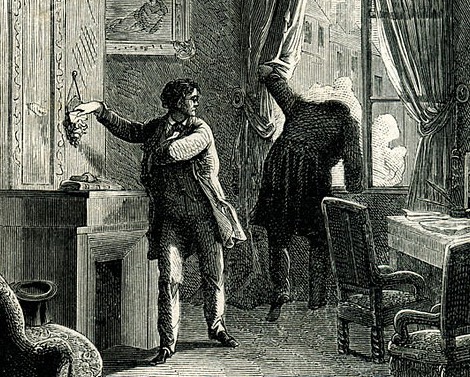 While most trace the origin of the “occult detective” no farther than Sheridan Le Fanu, who I will discuss shortly, we must go a little father back until the 1840s and the progenitor of all detective fiction. Chevalier Auguste Dupin was the creation of Edgar Allan Poe and made his first appearance in “The Murder in the Rue Morgue” where he discovered the mysterious and frighteningly violent spring heeled murderer was an orangutan. While there is nothing supernatural about Dupin’s exploits, the connection must be made between the macabre nature of his investigations and Poe’s usual oeuvre. As Dupin hails from the same mind as the Inquisition portrayed in “The Pit and the Pendulum,” the vengeful plague in “The Masque of Red Death,” and the warped Antarctic clime encountered by Arthur Gordon Pym, it is not such a stretch to see how he inspired the later more underworld exploits of Zaleski or John Silence. I hope that I can be forgiven in thinking that Dupin, in one of his unchronicled cases, perhaps stumbled upon a chained corpse in a previously walled up chamber while vacationing in Italy.
While most trace the origin of the “occult detective” no farther than Sheridan Le Fanu, who I will discuss shortly, we must go a little father back until the 1840s and the progenitor of all detective fiction. Chevalier Auguste Dupin was the creation of Edgar Allan Poe and made his first appearance in “The Murder in the Rue Morgue” where he discovered the mysterious and frighteningly violent spring heeled murderer was an orangutan. While there is nothing supernatural about Dupin’s exploits, the connection must be made between the macabre nature of his investigations and Poe’s usual oeuvre. As Dupin hails from the same mind as the Inquisition portrayed in “The Pit and the Pendulum,” the vengeful plague in “The Masque of Red Death,” and the warped Antarctic clime encountered by Arthur Gordon Pym, it is not such a stretch to see how he inspired the later more underworld exploits of Zaleski or John Silence. I hope that I can be forgiven in thinking that Dupin, in one of his unchronicled cases, perhaps stumbled upon a chained corpse in a previously walled up chamber while vacationing in Italy.
After Poe discovered the idea, the detective character was usually chronicled in short stories from the latter half of the nineteenth century onwards, beginning with Sheridan Le Fanu and Dr. Martin Hesselius. Hesselius, whose case studies are collected in Le Fanu’s In a Glass Darkly makes his most famous appearance, or rather nonappearance as he has very little to do with the action, in Le Fanu’s Carmilla; a novella length story famous for being a precursor of Bram Stoker’s Dracula and the presence of who may be the first lesbian vampire in fiction. Hey, Le Fanu was breaking down all sorts of barriers. Twenty five years later in 1897 Stoker’s Dracula would provide us with perhaps the most famous occult detective in the mix- Dr. Abraham Van Helsing. Van Helsing was a bit of an eccentric, to say the least, with his eclectic resume and staunchly Catholic beliefs. After being asked to assist with the rapidly deteriorating health of Lucy Westerna by his former student Dr. Seward, he deduced what the true problem was and organized the band to slay the now transformed Westerna and archfiend Count Dracula. Van Helsing would later be portrayed on the silver screen by many actors the best of whom, in my humble opinion, were Peter Cushing and Anthony Hopkins.
But wait, there’s more! Between the famous Doctors and their fascination with exsanguination we can find even more interesting and unique examples of the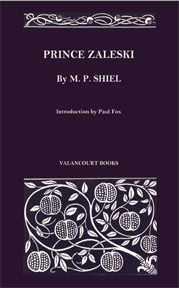 occult detective. In 1893, with the assistance of Mrs. Gladstone (wife of the famous liberal politician), a small collection of three stories about the ultra-decadent Prince Zaleski was published. The author of these stories, M. P. Shiel, first stumbled upon the idea of Prince Zaleski after he first read Edgar Allen Poe and took up smoking. Brian Stableford points out that given Zaleski’s own penchant for cannabis and Shiel’s description of the experience (he was transported to Cloud Cuckooland) there is little doubt that it wasn’t tobacco in Shiel’s pipe. From his gothic, drug-induced reverie Shiel crafted the presumably homosexual outcast Zaleski who languished in a dilapidated castle in the English countryside. There, attended only by his loyal manservant, he would receive visits from Shiel who told him of the odd goings on elsewhere. There on his divan and with his mind freed by whatever drug he was using Zaleski would figure out what had really happened for a lark. His stories dealt with syphilitic and ancient families and eugenics. The Zaleski corpus would later be added to in the 1940s and all the stories are collected by Tatarus Press.
occult detective. In 1893, with the assistance of Mrs. Gladstone (wife of the famous liberal politician), a small collection of three stories about the ultra-decadent Prince Zaleski was published. The author of these stories, M. P. Shiel, first stumbled upon the idea of Prince Zaleski after he first read Edgar Allen Poe and took up smoking. Brian Stableford points out that given Zaleski’s own penchant for cannabis and Shiel’s description of the experience (he was transported to Cloud Cuckooland) there is little doubt that it wasn’t tobacco in Shiel’s pipe. From his gothic, drug-induced reverie Shiel crafted the presumably homosexual outcast Zaleski who languished in a dilapidated castle in the English countryside. There, attended only by his loyal manservant, he would receive visits from Shiel who told him of the odd goings on elsewhere. There on his divan and with his mind freed by whatever drug he was using Zaleski would figure out what had really happened for a lark. His stories dealt with syphilitic and ancient families and eugenics. The Zaleski corpus would later be added to in the 1940s and all the stories are collected by Tatarus Press.
More on the fringes of the decadent and aesthetics movement, the masterful author Arthur Machen rewarded his readers, and posterity, with The Three Impostors which chronicled the odd discoveries, mostly through hearsay and arriving too late, of Dyson and Phillips. Dyson, a stand in for Machen himself, first appeared in The Inmost Light, published in 1894 with his most famous story The Great God Pan. The Inmost Light concerns a doctor’s attempt to secure immortality for his wife and how it predictably goes wrong. Dyson narrates the story in hindsight to an interested friend, another common trope in occult detective stories, over wine and cigarettes. There’s a strong sense of “London” in Machen’s fictions.; a Welshman who had moved from the countryside to the city he was impressed and overwhelmed by what he found there. Later in The Three Impostors, Dyson and the materialistic (read foolish) Phillips stroll around the gaslight streets of London gradually piecing together a series of sinister tales and a conspiracy to find “the young man in spectacles.” They meet a trio of people who aren’t who they say they are who spin awful tales of villainy, prehuman races, and mysterious drugs. Although it was criticized and dismissed at its time of release Machen is easily my favorite of the “weird fiction” writers and The Three Impostors really is his best work.
Machen’s life would only become stranger after his wife’s untimely death when, in his moments of grief, he seemed to wonder through a 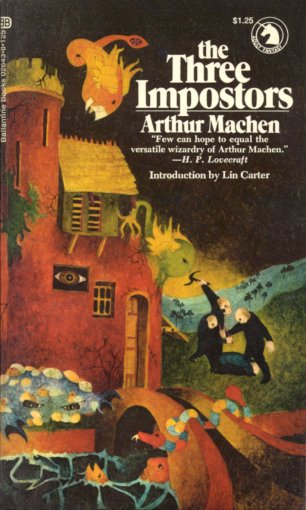 dream London and met the characters he had described in his works, as if the universe had somehow mistaken his life for his books and himself for Dyson. Later, inspired partially by his experiences, he would enter the Hermetic Order of the Golden Dawn with his friend, the pedantic occult scholar A. E. Waite. During his time in the Golden Dawn he witnessed the leadership dispute centered around W. B. Yeats and the upstart Aleister Crowley. Yeats wore spectacles, just like his young man, and the members of the Order seemed familiar to Machen from the rest of the cast in Impostors. I cannot find if this is true or not but I have read that Machen even saw Florence Farr and William Wynn Wescott, prominent members of the Order at certain times, as if they had come out of the pages of his book. It seems that fiction had completely overlapped reality at this point.
dream London and met the characters he had described in his works, as if the universe had somehow mistaken his life for his books and himself for Dyson. Later, inspired partially by his experiences, he would enter the Hermetic Order of the Golden Dawn with his friend, the pedantic occult scholar A. E. Waite. During his time in the Golden Dawn he witnessed the leadership dispute centered around W. B. Yeats and the upstart Aleister Crowley. Yeats wore spectacles, just like his young man, and the members of the Order seemed familiar to Machen from the rest of the cast in Impostors. I cannot find if this is true or not but I have read that Machen even saw Florence Farr and William Wynn Wescott, prominent members of the Order at certain times, as if they had come out of the pages of his book. It seems that fiction had completely overlapped reality at this point.
Machen, with the aid of Waite, would take a stab back at the warp and weft of the fabric of his life with The House of the Hidden Light. As the scholar R.A. Gilbert explains in his preface to the Tatarus Edition, House.. had long been thought to be a grimoire of sorts only to be revealed as a veiled account of Machen and Waite’s nocturnal ramblings around London. Dyson/Phillips duck down an alleyway and come back Machen/Waite and vice versa. But what can be expected of the man who single handed started the still widely believed myth of the Angels of the Mons? Can the mystery of The Three Impostors ever be solved?
Perhaps. It’s been a while since I’ve read any of these stories and I’m going mostly by memory and what I occasionally remember to pull off my bookshelf and skim. But, now that I’ve written about it I see there’s a chance for a little more occult detection to be had. There’s more of the story to be told.
For this first entry I need to thank Tatarus Press for their archival quality editions and scholarship along with Alan Moore, my ever present idol from whom I’ve taken most of my cues and who I’ll be revisiting later. Next time we’ll move farther into weird fiction with another Golden Dawn alum, the electric pentacle, and the cosmic horrors at the edge of reality.
I’d like to note that as I move farther into the twentieth century, I’ll be missing more and more characters in this list and even then, I’m just scratching the surface by writing about my favorites. So, get out there and read! As an occultist, Fortean, paranormalist, or whatever you may be one of your greatest assets is your imagination. Find out what’s waiting to be discovered!
MORE GREAT STORIES FROM WEEK IN WEIRD:


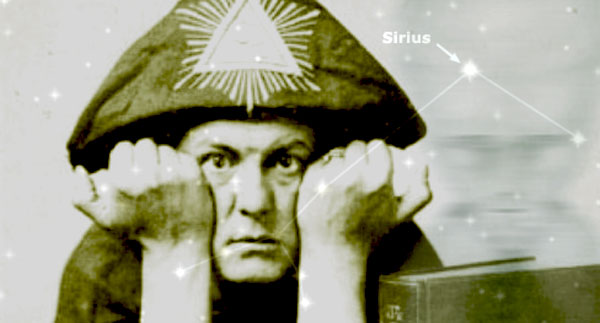
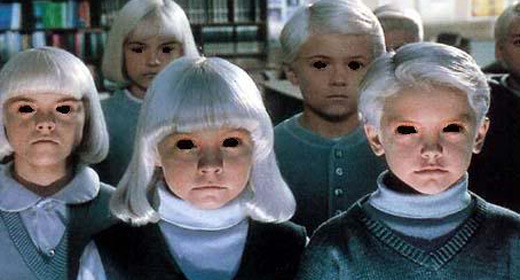
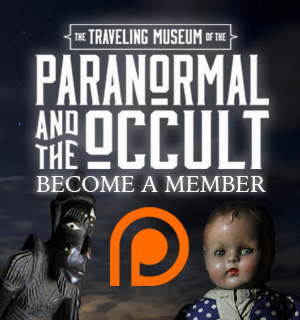
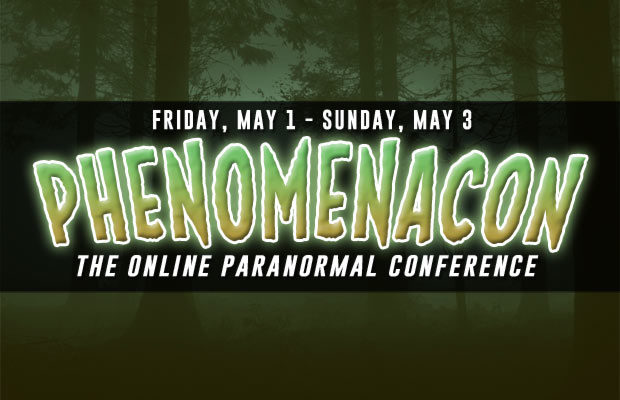
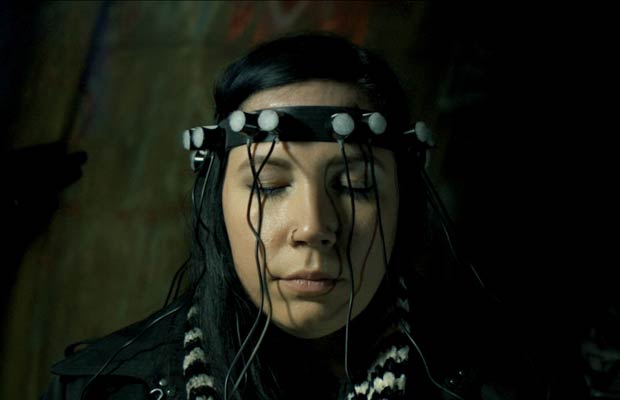
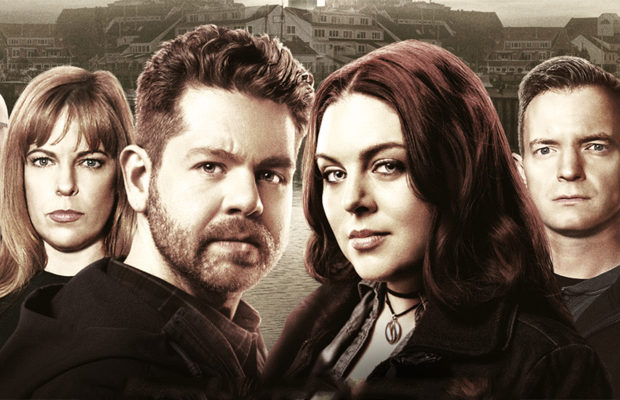
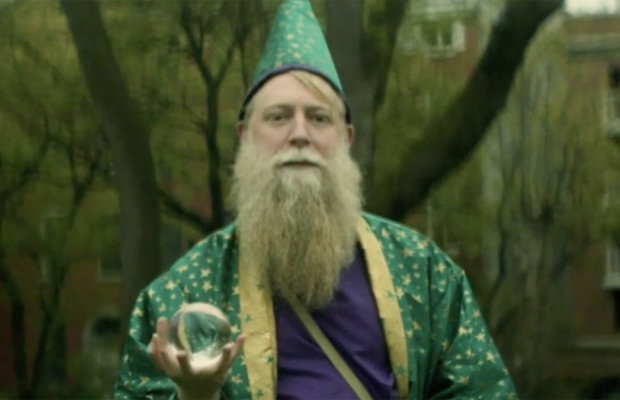

You must be logged in to post a comment Login